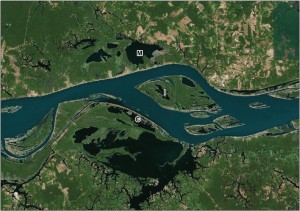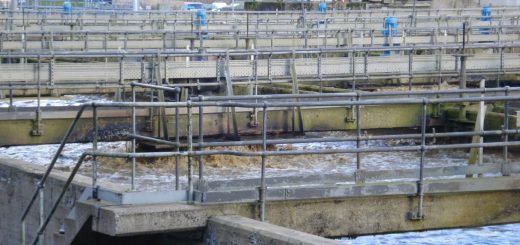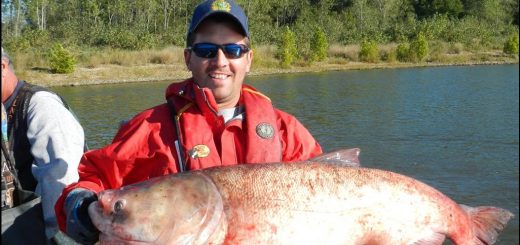Rising concerns in the Amazon floodplain
The Amazon River basin is one of the richest ecosystems in the world. Due to its variation in depth, temperature, salinity, acidity, velocity and nutrient loads, the river has the highest fish diversity in the world. The Amazon River has existed for 23-65 million years, and is a home for various species of tropical origin. Fishes in this region are adjusted to live in a fluctuating water levels and depend on temporal variation to complete their life cycles. During the low-water season, patchy distributions of floodplain lakes develop as a result of regional variation in topography, water chemistry and flow.

Figure 1 Different types of Amazonian floodplain lakes based on their proximity to the main river channel. (M = mainland lake; I = Island Lake; C = Coastal lake) from Hurde et al. 2016
Hurde and colleagues (2016) conducted a literature review and compiled information on individual threats to provide an overview of these growing threats to the Amazon River ecosystem. Their paper identifies dam construction as an immediate and long-term threat to connectivity of fish habitats as well as to their migratory patterns. Economically important fish species affected by dam construction due to changes in their migratory behaviour include both those with short migratory patterns such as Gilded catfish, Spotted Sorubim, and Laulao Catfish and those with long migratory patterns (Pimelodidae). Dam construction is also considered a threat to the timing and magnitude of the flood pulse. Hurde and coauthors identify 18 hydroelectric dams operating in the Amazon basin, 8 under construction, and 53 planned. Furthermore, another 62 sites with hydroelectricity potential have been identified. These damming processes also increase deforestation rates, which ultimately affect fish habitat by excessive siltation and altering riparian sources.
Additionally, the paper identifies climate change and regional drought as major threats to biodiversity. Climate change can cause changes in water chemistry and long-term effects on fish living in the Amazon River. Hurde and colleagues identify drought, deforestation and global warming as a consequence of climate change affecting floodplain fishes. Drought in floodplains can directly interrupt fish migrations. Drought can also increase probabilities of extinction by isolating individuals in floodplain lakes during low water conditions where extirpation is more likely. These isolated lakes are often dominated by fishes that can withstand a wide range of environmental conditions such as Peacock Bass (genus Cichla) or Piranha (subfamily Serrasalminae); A study of Black Arowana (Osteoglossidae) by Olivares and colleagues demonstrated potentially unstable metapopulation structures with low levels of genetic variation, evidence of inbreeding and non-random mating within an isolated population.
In the light of environmental threats like dam construction, climate change, drought, global warming, and deforestation, the authors suggest management practices for conserving fish habitat in this region. For example, the authors recommend creating a protective preserve that encompasses a variety of floodplain lakes or using fisheries regulations such as closed fishing seasons, size restrictions, harvest quotas, gear restrictions, and/or designation of protected areas. However, in order for these tools to be effective, the authors stress that they must be consistently enforced to ensure compliance.
Reference:
Hurde, L.E., Sousa, R.G.C., Siqueira-Souza, F.K., Cooper, G.J., Kahn, J.R., Freitas, C.E.C., 2016. Amazon floodplain fish communities: Habitat connectivity and conservation in a rapidly deteriorating environment. Biol. Conserve. 195, 118-127.
Olivares, A.M., Hrbek, T., Escobar, M.D., Caballerao, S., 2013. Population structure of the black arowana (Osteoglossum ferreirai) in Brazil and Columbia: implications for its management. Conserv. Genet. 14, 695–703.



